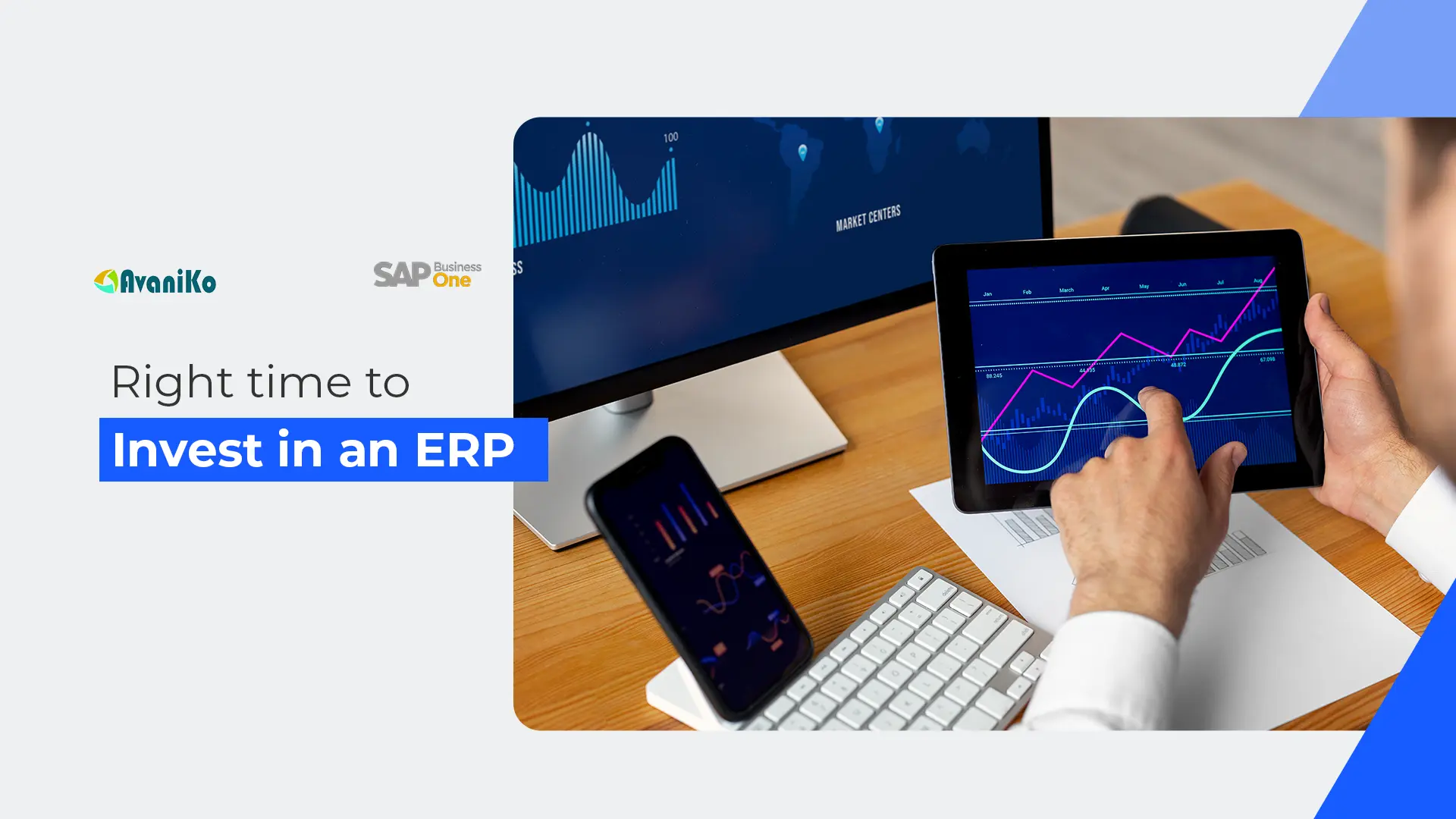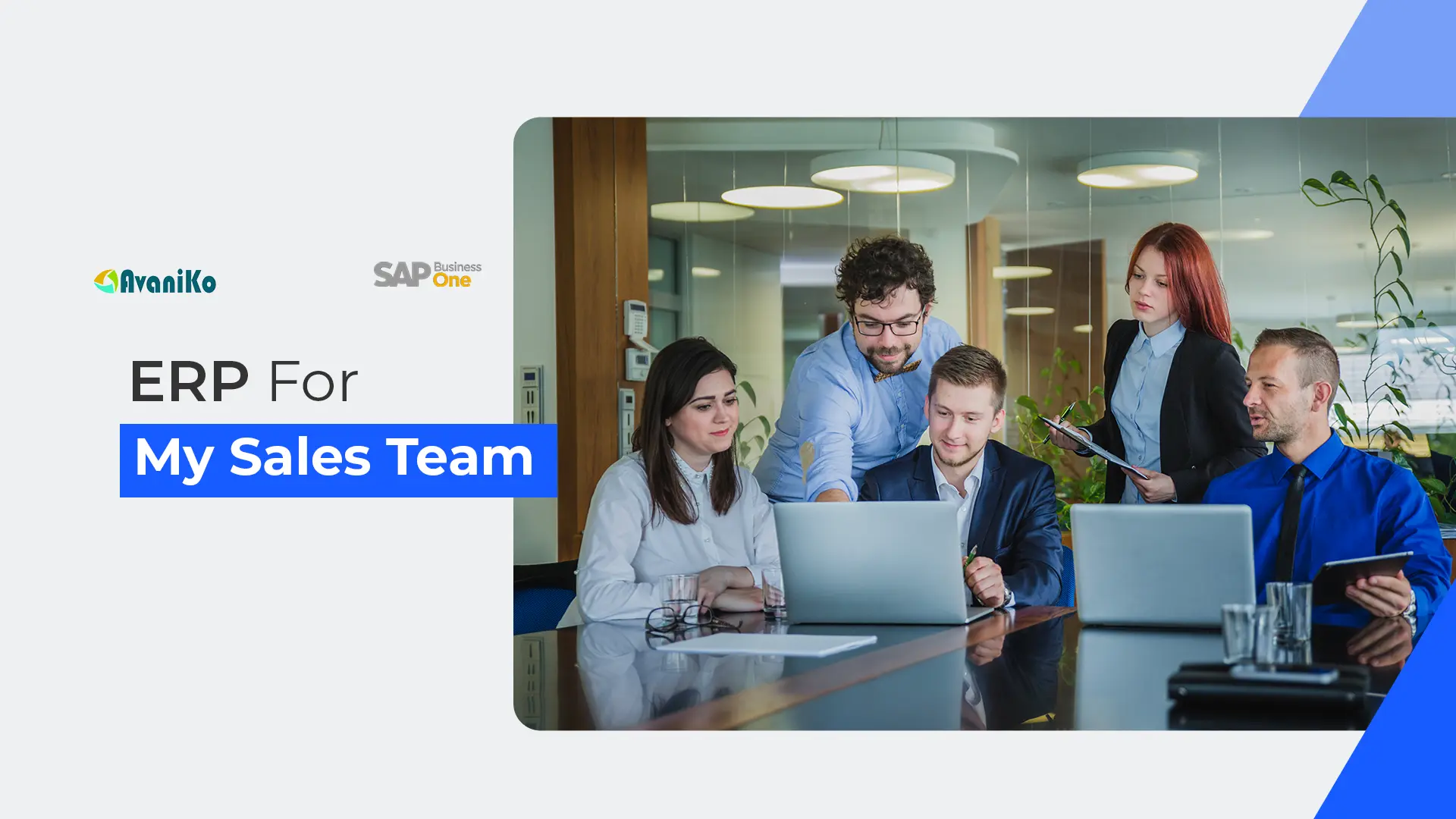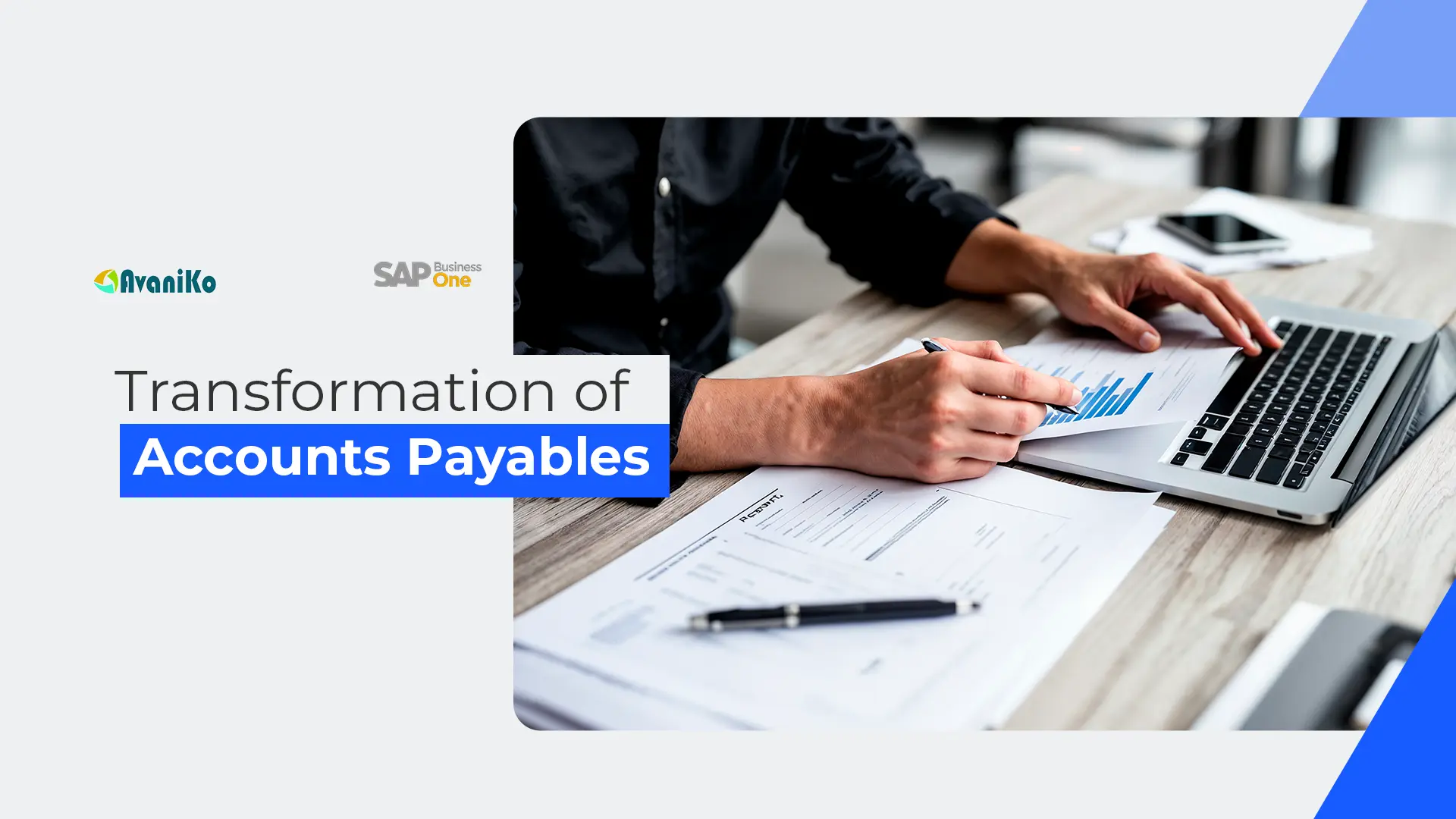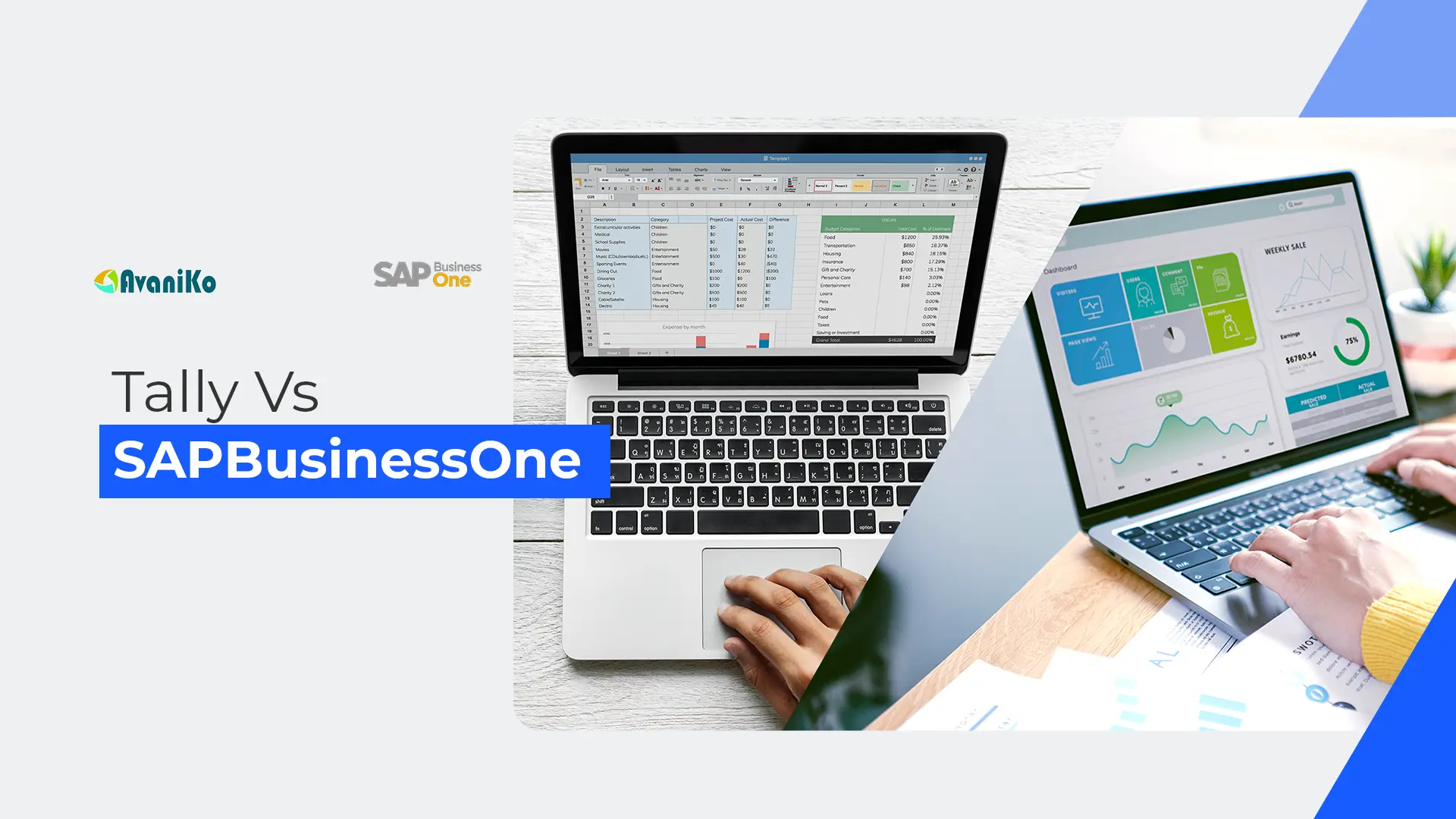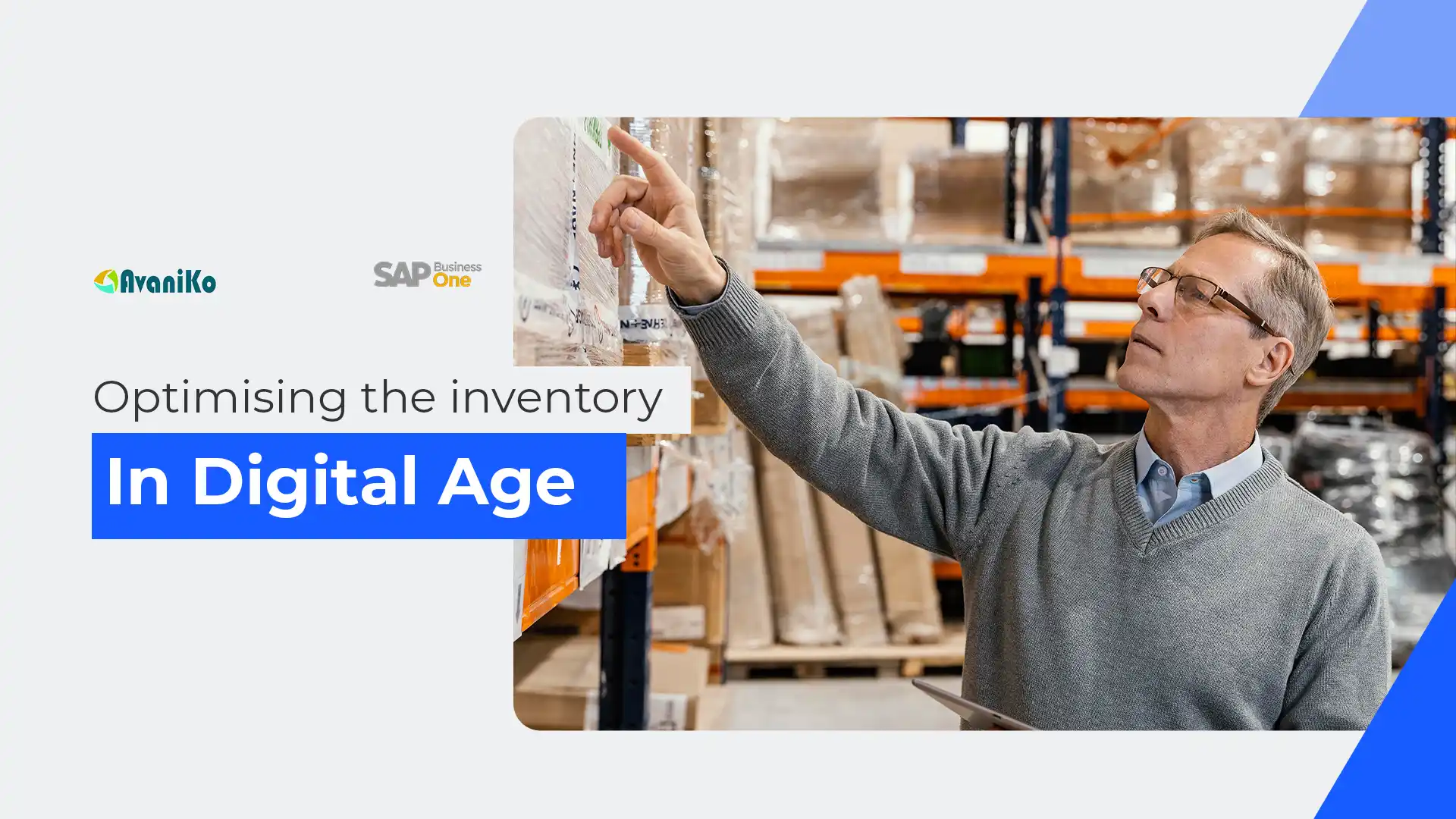As a CFO of digital age for SME’s, what’s expected out of you in technology.
The Role of CFO in the past was more about improving the processes, internal controls, managing Infra etc. Converting your Organisation into an intelligent enterprise is very critical role of Today’s CFO. To do that you have to constantly look out for changes in
There are a lot of cloud applications starting from 5 $ per month is available. These applications make your life easier cost effectively. Few of them for instances are below,
1. Proposify – Proposal Management – This a very nice tool that will give you analytics on your proposal to the customer. It will also let you know, if your customer is going through your proposal.
2. Wunderlist – Task Management –it’s a very nice mobile application to manage your to do’s. It also has a free version. If you have this integrated with your Inventory / Accounting / ERP, it will be very great advantage for your reminders.
3. Telegram – Instant Messaging Application – It is also a mobile application, through which you can share a message / Image to a group as a notification / alert. Its also a free application and comes with free API’s. It will be great tool to integrate with your ERP’s for notifications.
4. Repricer.com – Amazon Repricing Application. – It’s a very interesting tool, that we found out recently. You can automatically update the pricing in amazon.com for your products based on the competitor pricing and other parameters.
It’s very challenging as there are numerous products and each organisation might be using these applications differently. In current world, numerous Ecommerce platform like shopify, Magento, Prestashop are also available.
As a CFO you have to analyse which application is suitable to which processes and subscribe for it. One good thing about all these applications is having API’s and can be integrated with your ERP/ Accounting software.
Also, the challenges are how you integrate it with your ERP / accounting software to seamless automate your processes instead of someone manually triggering any of it.
At Avaniko, we have helped more than 50 Organisations innovatively turning them into an intelligent enterprise. Reach out to us know to learn more of how to turn your organisation int an intelligent one.

